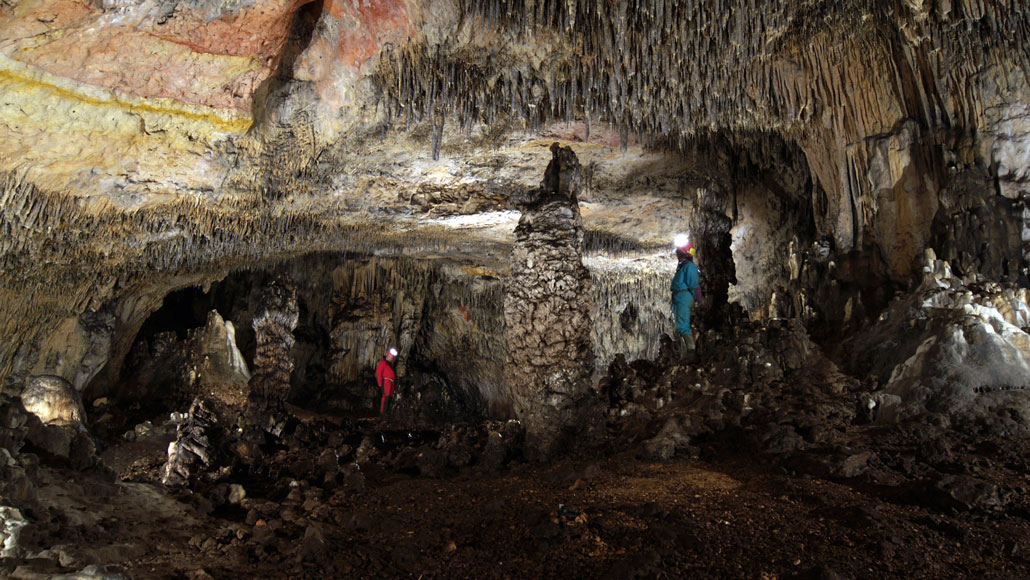
Sediments from the Galería de las Estatuas cave (pictured) in Spain contain Neandertal DNA. That genetic material is helping researchers piece together the migration history of these ancient hominids.
Javier Trueba/Madrid Scientific Films

Sediments from the Galería de las Estatuas cave (pictured) in Spain contain Neandertal DNA. That genetic material is helping researchers piece together the migration history of these ancient hominids.
Javier Trueba/Madrid Scientific Films